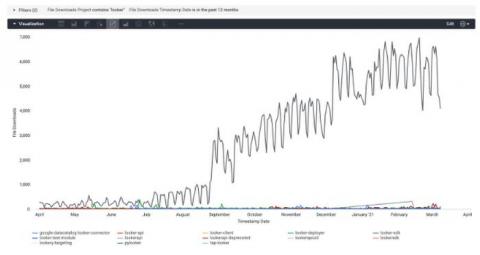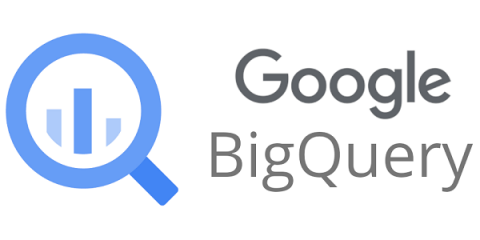Using BigQuery Administrator for real-time monitoring
When doing analytics at scale with BigQuery, understanding what is happening and being able to take action in real-time is critical. To that end, we are happy to announce Resource Charts for BigQuery Administrator. Resources Charts provide a native, out-of-the-box experience for real-time monitoring and troubleshooting of your BigQuery environments.









